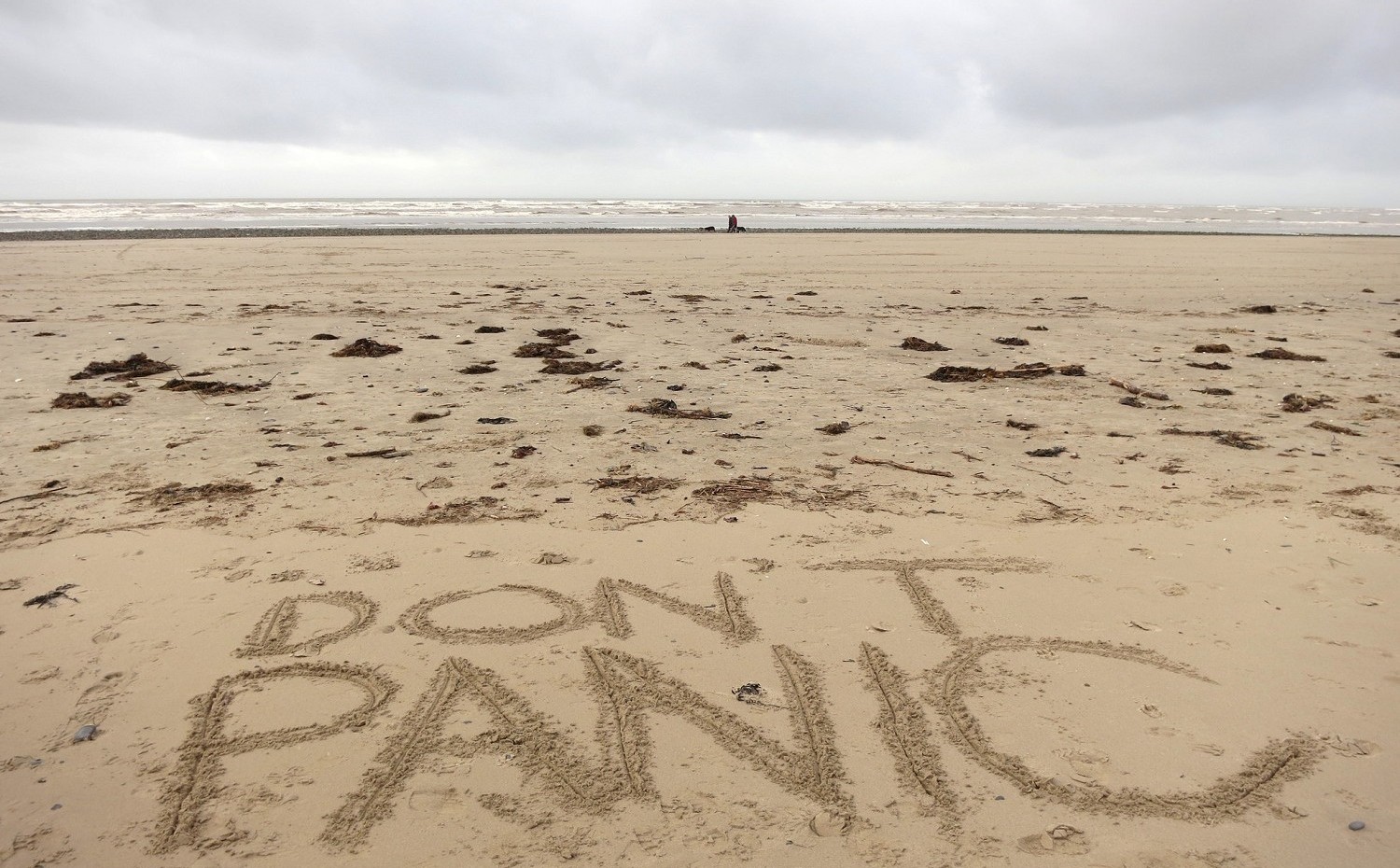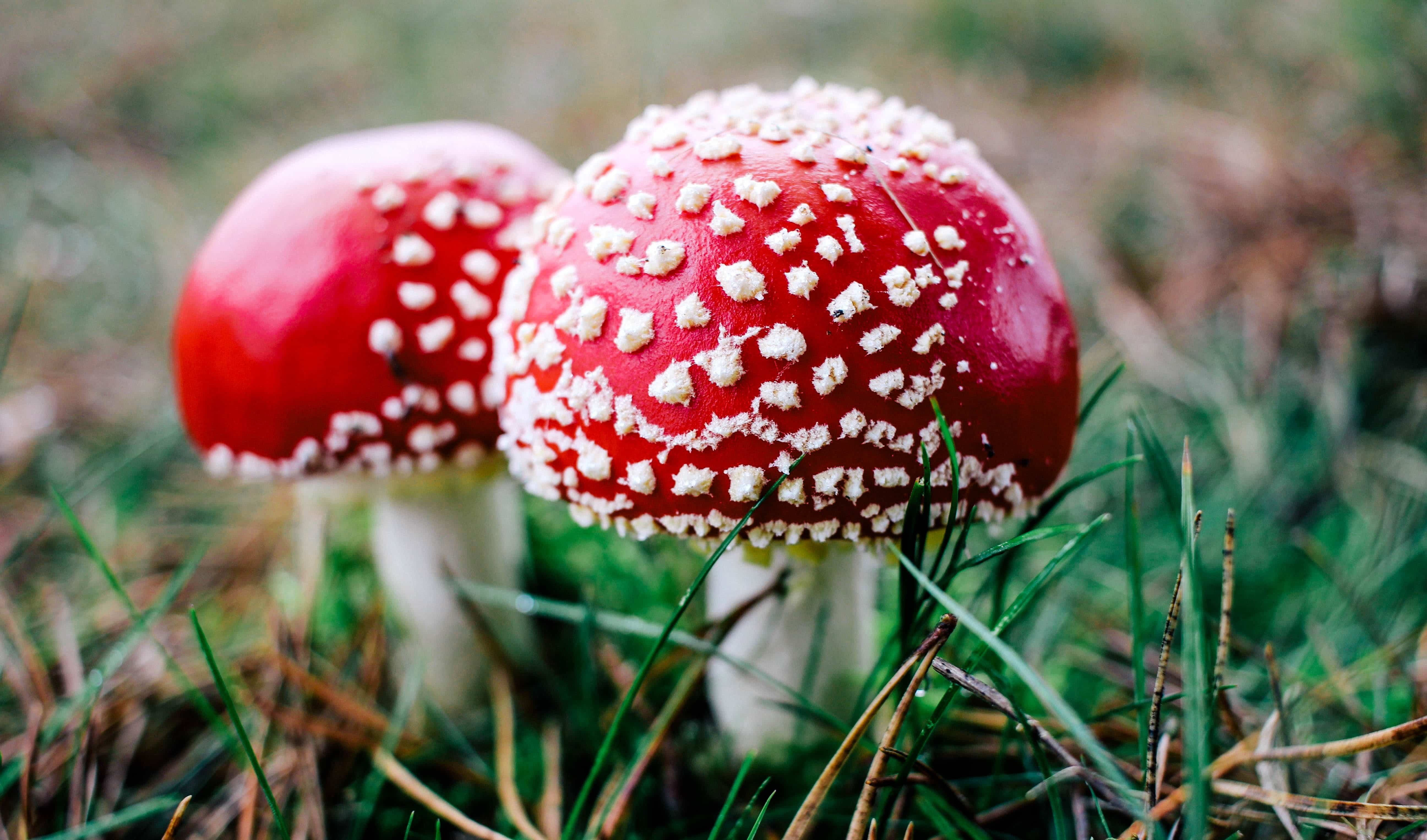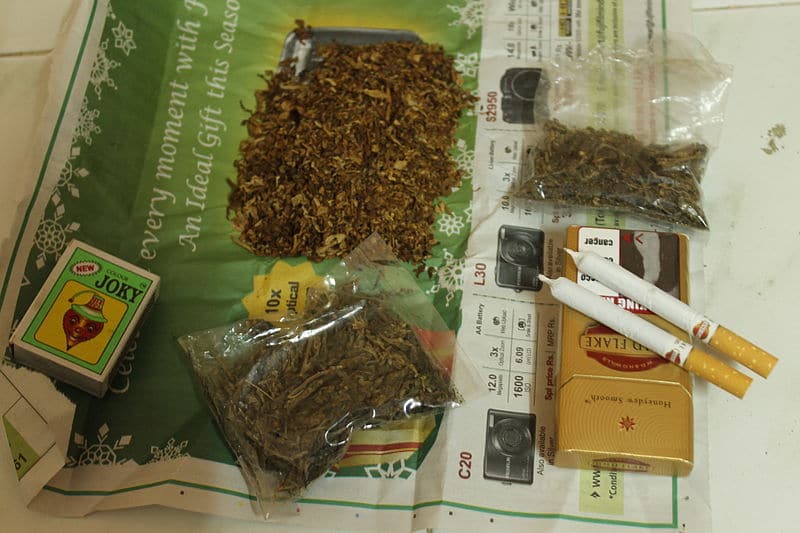
(Photos: Grand Ayatollah Rohani and Psilocybe semilanceata via Wikipedia)
More than three years ago, Iran’s top religious leader issued a legal degree (known as a fatwā) OK’ing the use of psychedelic medicine under expert supervision, a decision that received little to no media coverage, but has big implications.
In mid-March 2014, Sayyed Mohammad Sadeq Hussaini Rohani, who is a Grand Ayatollah (meaning the highest authority on Shi’ite Islam—basically, the equivalent of the Pope), announced that entheogenic drugs are permissible (ḥalāl) for Muslims under traditional Islamic law. That means, that so long as psychedelics are taken under the observation of a trained specialist, it’s not sinful or forbidden (haram).
Shia Muslims made up approximately 10 to 13 percent of Muslims globally in 2009, totaling between 154 and 200 million people, mostly living in four countries: India, Iran, Iraq and Pakistan. This potentially impacts a lot of people and could have far-reaching consequences concerning the acceptance of using substances like ayahuasca, for example, in therapeutic settings.
The details of this decision were first unpacked in a 2014 interview between Reality Sandwich and N. Wahid Azal, an esoteric Islamic scholar and Sufi mystic. Azal spent over a year and a half corresponding with a scholarly friend, who began a dialogue concerning psychedelic medicine with the “orthodox Shi’i ecclesiastical establishment,” as Azal puts it. He provided a massive trove of carefully translated scientific and academic citations, including many from MAPS, but also numerous religious and spiritual texts.
“I had no direct role in the actual correspondence with Grand Ayatollah Rohani and his office, but I was approached several times during the course of these months for further input and clarifications by my friend and one other person,” Azal said in the interview.
“As far as I am concerned, this fatwā changes the whole configuration and contours of the global debate about entheogens and religious freedom and directs it into a much more fertile, nuanced and positive direction from this point forward,” he added.
While Azal had no direct contact with the Grand Ayatollah, he did obtain a copy of the fatwā, which he translated on his blog.
Notably, the fatwā doesn’t explicitly mention which psychedelics are permissible, although ayahuasca, DMT, hoama, psilocybin and even ibogaine were discussed.
However, it does clearly say hashish (cannabis) deprives and hampers the mind, so in this context it is not considered ḥalāl. You can’t win them all, it seems.
In the past, Grand Ayatollahs have issued fatāwā against things such as smoking tobacco in December 1891. Khamr, the Arabic word for wine, is a blanket term used to describe anything that intoxicates, including opium and cocaine.
Muhammad Al-Munajjid, a respected Sunni Islamic scholar who founded IslamAQ.info, has ruled that all psychedelics fall under this category, citing Sahih Muslim: “Every intoxicant is khamr, and every khamr is forbidden.”
Now, depending on whom you talk to—and how you define “intoxication”— some would argue that psychedelics expand or give greater clarity of the mind, rather than impairing or clouding it. An ever-growing body of science backs up this viewpoint and it seems that Grand Ayatollah Rohani would agree.
It is important to note that while this fatwā has important religious repercussions, it doesn’t impact the government of the Islamic Republic of Iran. Iranian law and religious decrees often overlap, but not always—and so far, not in this case. Still, it does create a precedent and can be cited in courts in Iran and elsewhere, creating a remarkable legal gray area.
It is indeed unusual for a high-ranking religious figure to make such a progressive proclamation about psychedelics. As we power through a second psychedelic revolution, with many banned psychoactive substances showing promise in therapy and medicine, it’s only a matter of time before religion catches up.










